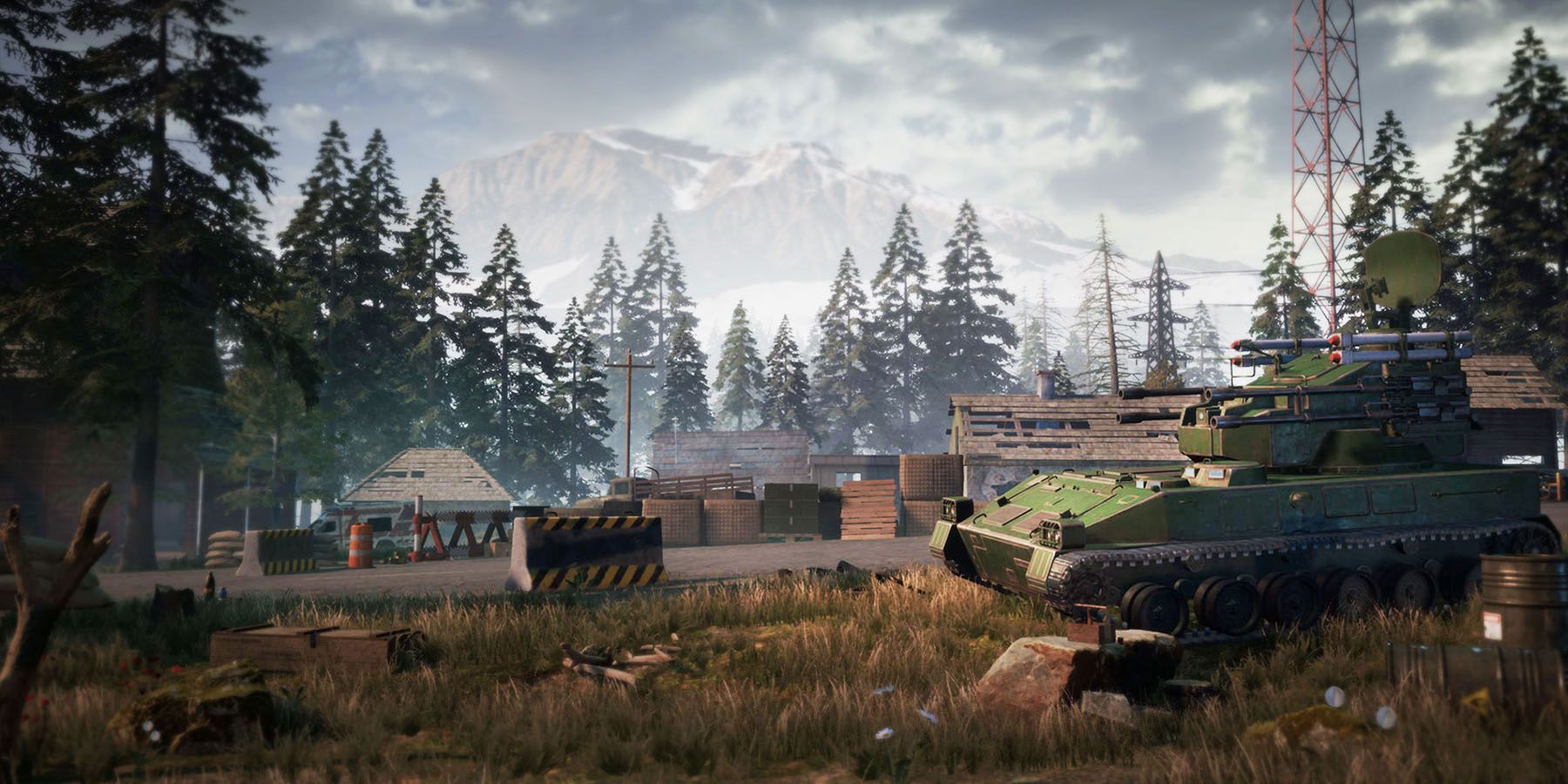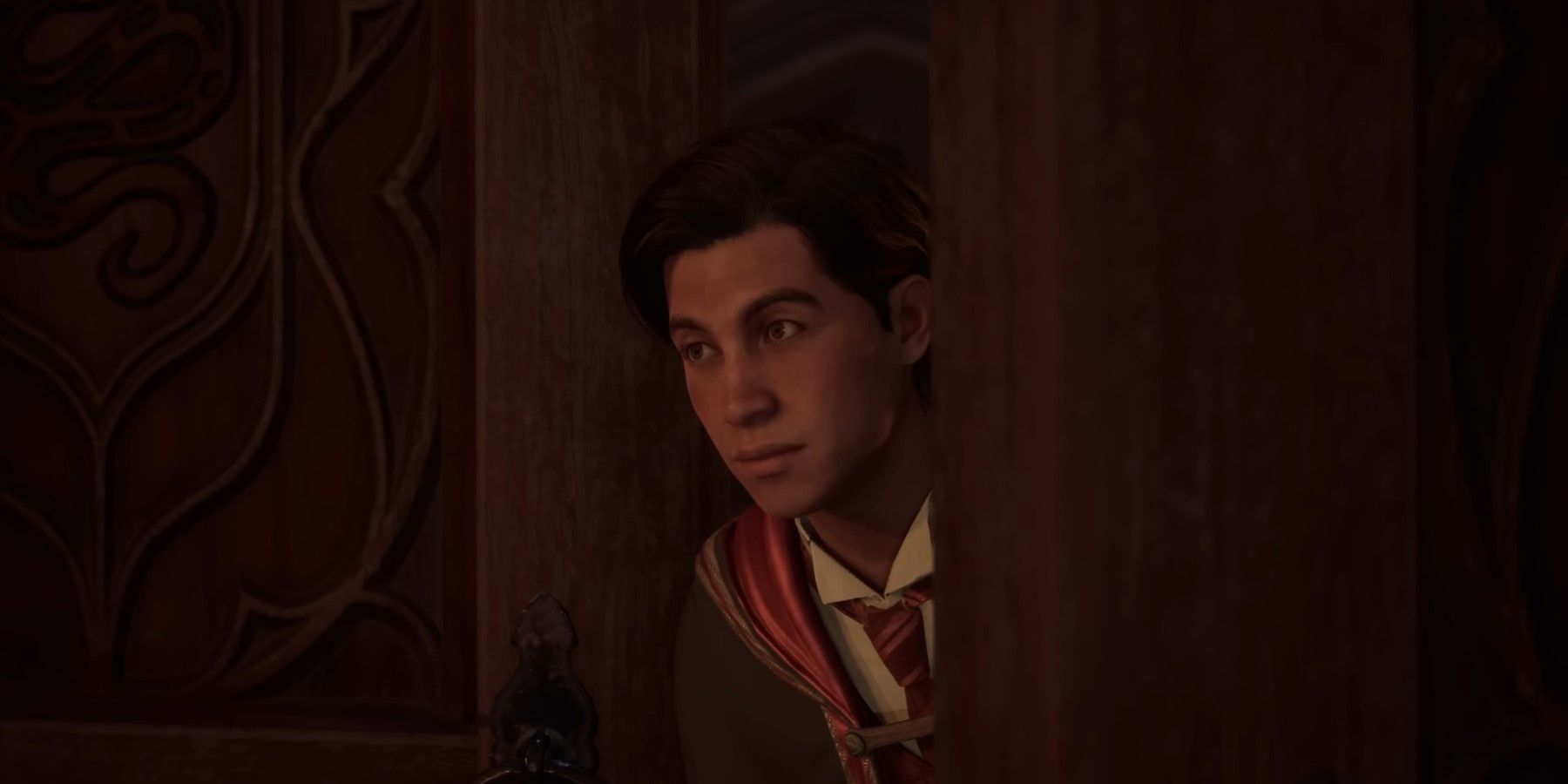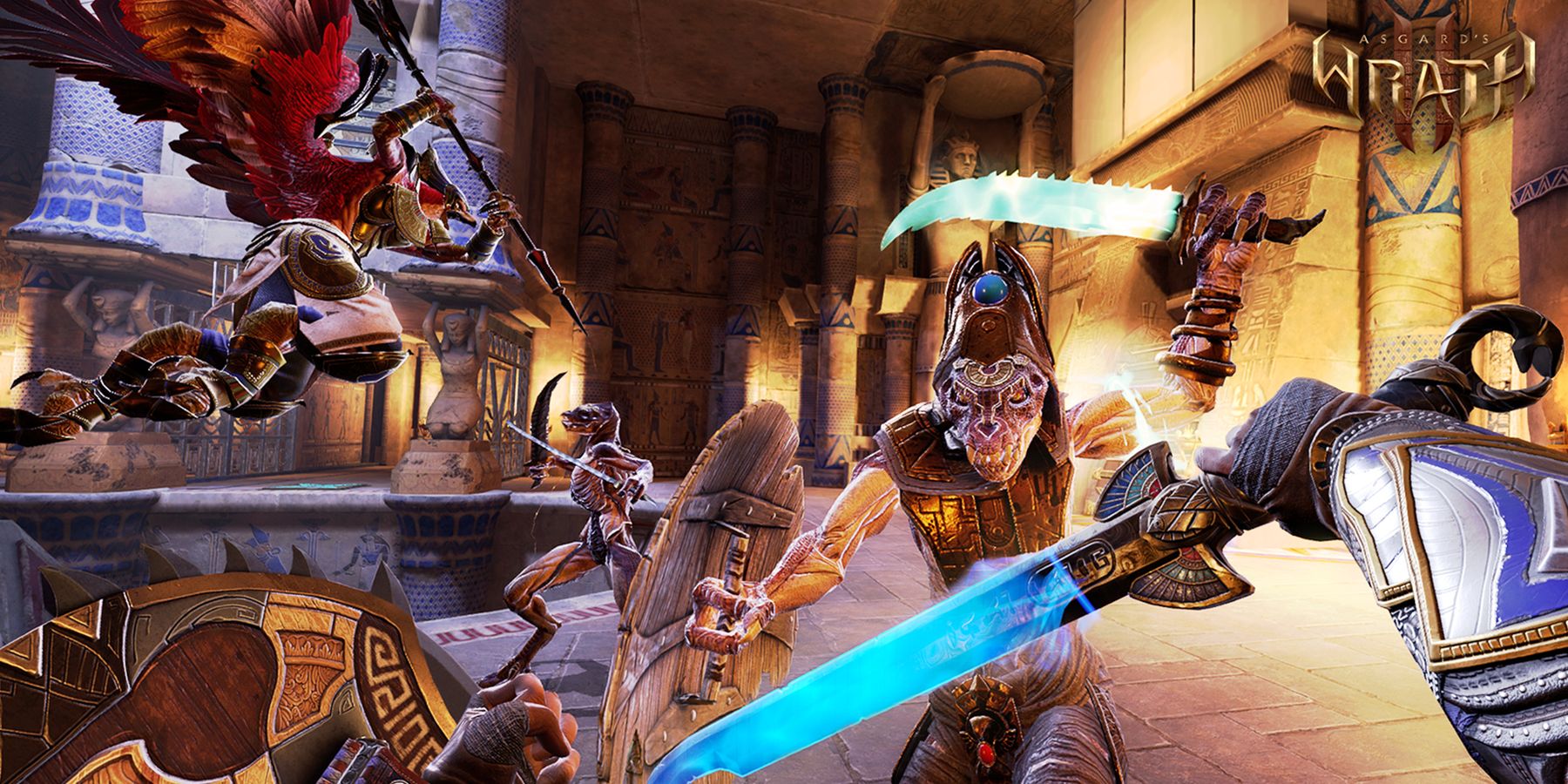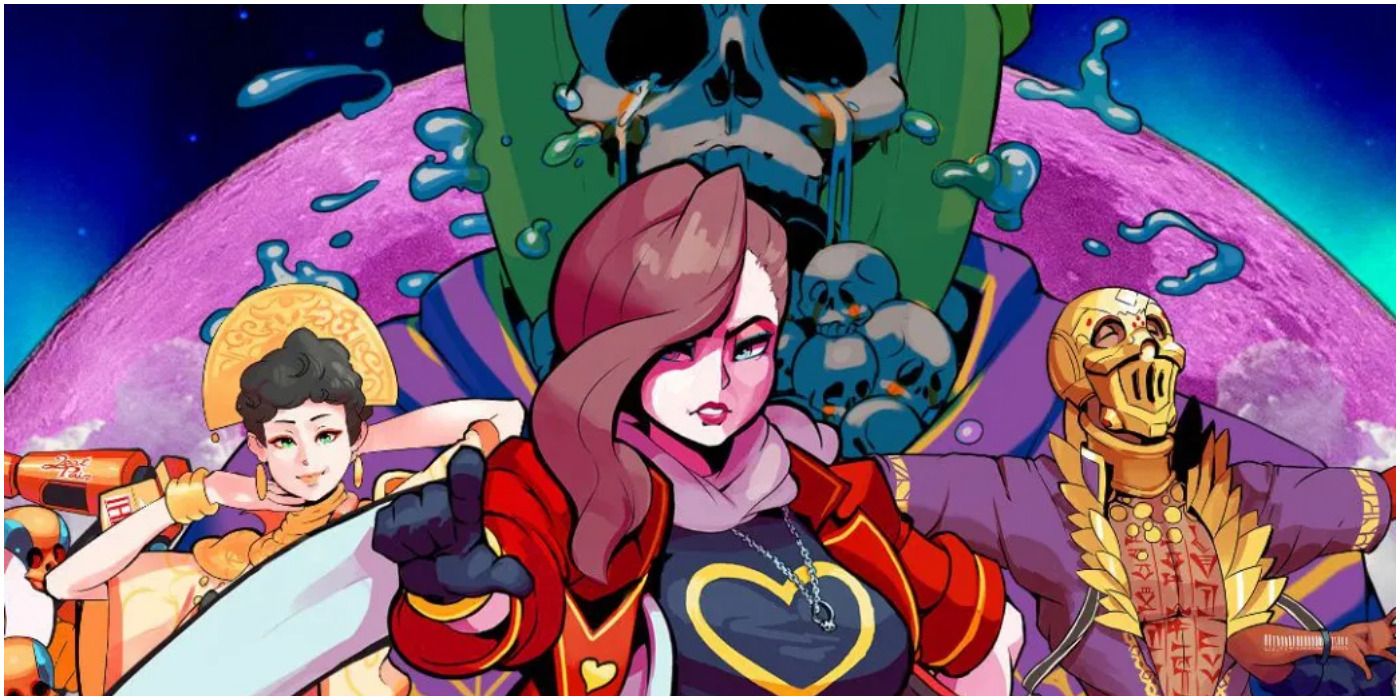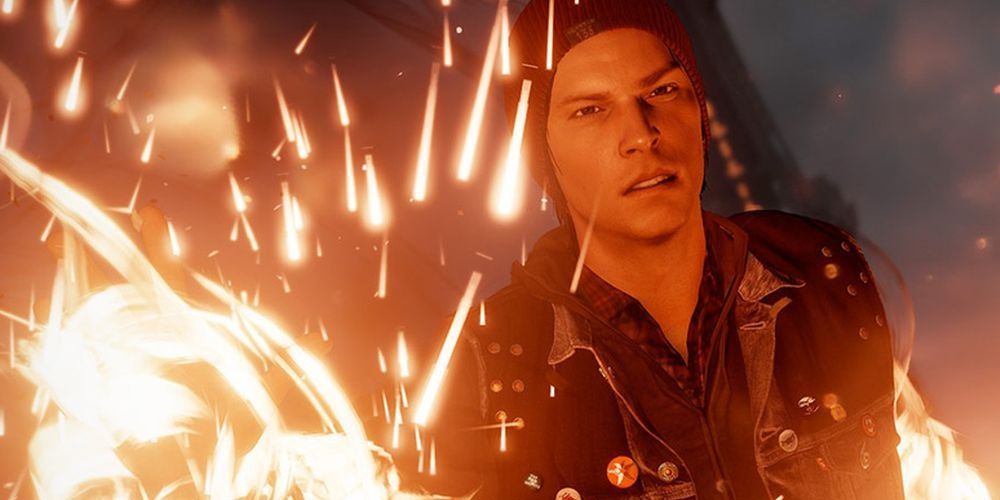Non-linearity and open world in Zelda: Ocarina of Time

There’s a fable that The Legend of Zelda: Ocarina of Time is a totally linear, ‘closed world’ recreation. On this article, I lay out a number of the histories of the open world idea, and argue that The Legend of Zelda: Ocarina of Time is much less linear than individuals suppose. *Watch out for spoilers*.
Construction in Zelda Video games
When it comes to mainline Zelda recreation releases, since The Legend of Zelda: Ocarina of Time, up till The Legend of Zelda: Skyward Sword in 2011, 3D Zelda video games usually adopted a construction. This construction consists of, finishing the primary three dungeons, getting the grasp sword, then a bigger overworld, or generally a parallel world, opens as much as the participant. This may also be seen within the 2D The Legend of Zelda: A Hyperlink to the Previous which was launched on SNES in 1991. Some video games barely deviate from this sample, like The Legend of Zelda: Majora’s Masks, and The Legend of Zelda: Hyperlink’s Awakening however they nonetheless have a system of exploration the place it’s important to discover and conquer massive dungeons to progress the story.
This all modified with The Legend of Zelda: Breath of the Wild. As I’m positive you understand, Breath of the Wild makes use of shrines unfold out all through a totally ‘open air’ overworld. These operate equally to the bigger dungeons present in different Zelda video games. Nonetheless, when it comes to development, they’re extra akin to stars in Tremendous Mario Galaxy, or Tremendous Mario 64. It was a change that basically labored and made for a extra accessible, enjoyable, and deep Zelda expertise. The lengthy dungeons in older Zelda video games may are inclined to overstay their welcome (the Water Temple in each Ocarina and Twilight Princess are infamous examples). The absolutely open-world, motion RPG strategy to The Legend of Zelda: Breath of the Wild was additionally a departure from earlier titles, however the try at an open world undoubtedly isn’t new.

Ocarina of Time and Modular Open Worlds
Again within the mid-’90s when builders have been simply beginning to familiarize yourself with motion in 3D environments, most video games used digital camera angles and patterns of character motion that weren’t absolutely making the most of the potential of the brand new perspective of 3D gaming. This modified with Tremendous Mario 64, and The Legend of Zelda: Ocarina of Time, the previous of which refined 3D motion and digital camera management, whereas the latter launched an ordinary setting focusing on system and created one of many first cinematic videogame experiences (alongside Last Fantasy VII).
Nonetheless, presently, console energy was nonetheless comparatively weak, so consoles just like the Nintendo 64, Dreamcast, and PS1 didn’t have the facility to create seamless open worlds (for essentially the most half). As an alternative, that they had to make use of tips, and develop related, however separate areas of video games to create the phantasm of a totally open world. Open worlds have been round within the 2D period, video games like Chrono Set off and the unique NES Legend of Zelda are testomony to this. Ocarina of Time used the modular strategy.
When it comes to non-linearity, which is commonly related to open-world video games, there have been partially (and absolutely) non-linear video games all through the ’80s and ’90s. The Legend of Zelda: A Hyperlink to the Previous had some non-linear parts (and the unique Legend of Zelda was much more non-linear). Ocarina of Time on the time of launch may undoubtedly be described as an open world. Perhaps it being non-linear is harder to argue for, however there are a couple of completely different orders in which you’ll deal with the grownup dungeons, in addition to (in fact) facet quests that you are able to do nearly at any stage of progress via the sport.

Exploration as Baby Hyperlink
Should you have been a child who performed via Ocarina of Time within the late ’90s, then there’s a very good likelihood one in all your favourite gaming moments was that point while you walked out of Kokiri Forest into Hyrule Discipline as youngster Hyperlink for the primary time. The graphics have been superb for the time, and also you knew the journey had simply began. This sense of exploration is mirrored within the gameplay design and the truth that you may gather varied upgrades and coronary heart items, in any order, throughout the youngster portion of Ocarina of Time. The Deku Seeds upgrades may be picked up in any order, and each are accessible early within the recreation. It’s the identical with the Bomb upgrades, which together with the Deku Nut upgrades are extra obscurely hidden. This freedom offers the sport a way that you’re creating a singular expertise.
Ocarina of Time has constructed such a terrific speedrunning neighborhood due to all of the attention-grabbing and helpful glitches that may be pulled off within the recreation. I do know that the builders didn’t intend this to be a part of the gameplay however the truth that they exist opens up the sport much more and makes extra issues doable and makes the sport appear much less linear. Nonetheless, one thing that the builders did intend, is for the grownup portion of the sport to let the participant discover, and forge their very own path, greater than the kid portion of the sport.

A number of Paths as Grownup Hyperlink
As soon as Hyperlink collects the three Non secular Stones, opens the Door of Time, and transcends seven years, the participant can’t return to the previous for some time, and has to beat the Forest Temple. Then, the sport opens up a bit extra, Hyperlink can return to the previous, beat the Backside of the Effectively, beat the Fireplace Temple, beat the Ice Cavern, after which the Water Temple. Relying on what they’ve achieved from right here, the participant can beat the Spirit Temple in the event that they’ve crushed the Water Temple and Backside of the Effectively, or have entry to the Shadow Temple in the event that they’ve crushed the Fireplace Temple and Water Temple. Normally, both the Shadow Temple or the Spirit Temple is the final temple of the sport (not counting Ganon’s Fort).
This stage of selection and non-linearity is so good to see in Zelda video games from the ’90s. It actually lets the participant expertise the sport as they’d like, and does much less hand-holding than The Legend of Zelda: The Wind Waker or The Legend of Zelda: Twilight Princess. The Wind Waker, regardless of its nice allure and story, is actually linear and doesn’t even give Hyperlink the selection of tackling the Earth Temple and Wind Temple in both order. It looks like this could have been a simple determination to have made, as within the story each temples are launched to Hyperlink at nearly the identical time.

Facet Quests
Ocarina of Time has a few nice facet quests, bottle amassing, coronary heart piece amassing, and weapon/instrument upgrades. Most of those may be achieved in any order. The masks quest as youngster Hyperlink is actually enjoyable and permits the participant to get to know a number of the recreation’s quirky and tragic characters (particularly so within the case of the Cranium Child).
As grownup Hyperlink, there’s the facet quest to get the Biggoron Sword. This entails working across the overworld inside a time restrict, which is extra enjoyable than it sounds due to the cool lore that the participant learns as they full it. The sword is highly effective and has a larger attain than any of the opposite weapons within the recreation (other than the projectiles clearly).

Breath of the Wild and Future Open Worlds
The Legend of Zelda: Ocarina of Time is a comparatively non-linear expertise, with a modular open world. To be trustworthy, I usually really feel an enormous fuss is made about actually open worlds. Why are they even valued a lot, the actual world has rooms, buildings, and halls as nicely. I don’t all the time need my video games to be huge forests or concrete jungles with nothing to do with them. A little bit of selection is nice.
The grownup portion of Ocarina of Time offers the participant a selection of temples of deal with, and the selection makes the expertise higher for it. The speedrunning neighborhood has principally damaged the sport and made it much more non-linear which is nice, particularly in the event you like utilizing glitches to your benefit. Whether or not future Zelda video games will carry again the concept of main dungeons, but nonetheless make the sport non-linear like The Legend of Zelda: Breath of the Wild we nonetheless don’t know, however it might be an attention-grabbing strategy to take. Within the meantime, I would simply sit again and play Ocarina of Time.
